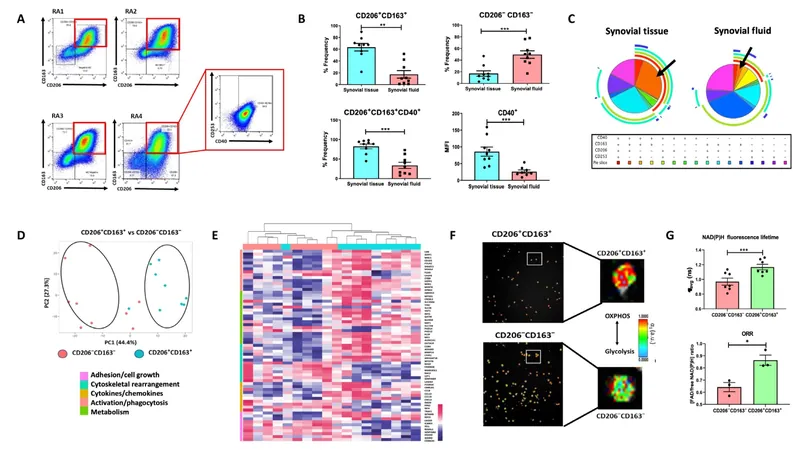
Patients Praise Continuous Subcutaneous Apomorphine Infusion as a Game Changer for Parkinson’s Disease: Survey Insights Revealed
2024-10-01
Introduction
In a compelling survey stemming from the InfusON study, an overwhelming majority of Parkinson's disease (PD) patients expressed confidence in Continuous Subcutaneous Apomorphine Infusion (CSAI) therapy. Conducted with participants who had been treated with levodopa yet were still battling motor fluctuations, the survey shed light on the positive patient experiences associated with this innovative therapy.
Key Findings
Presented at the 2024 International Congress of Parkinson's Disease and Movement Disorders in Philadelphia, Dr. Pinky Agarwal from the Booth Gardner Parkinson's Care Center highlighted that more than 63% of respondents reported being able to independently set up their CSAI devices, while a substantial number received support from care partners. More notably, 79% gained comfort with the device setup, with 68% adapting to wearing it within just two weeks. This quick adaptation speaks volumes about the ease of integrating CSAI into daily life.
The InfusON study rigorously enrolled 19 participants across nine sites, all of whom completed a 52-week maintenance period and were eager to share their experiences. Despite initial concerns about comfort, only 16% reported discomfort with the device once they were accustomed to it, and crucially, none discontinued treatment due to discomfort.
Setup Time and Patient Recommendations
A fascinating aspect of the findings revealed that while 74% of patients found the setup time to be longer than 10 minutes in the beginning, an impressive 89% managed to complete the setup in as little as 5 to 10 minutes after acclimatizing to the process. The survey also noted that patients often alternated infusion sites, favoring the abdomen and upper arms for application.
A staggering 95% of survey respondents recommended CSAI therapy to fellow Parkinson’s patients, underlining its potential as an effective option for those struggling with motor fluctuations.
Clinical Trial Insights
In conjunction with findings from the 3rd Annual Advanced Therapeutics in Movement and Related Disorders Congress earlier this year, the open-label, phase 3 InfusON trial delineated significant reductions in OFF time—periods when PD symptoms are not adequately controlled—across a year-long maintenance period. This trial commenced with a 1-2 mg bolus of CSAI, followed by a titrated infusion rate not exceeding 8 mg/h. Notably, the responder rate—those experiencing at least a 2-hour improvement in OFF time—rose dramatically from 27% before titration to an impressive 61% as maintenance progressed.
Adverse Events and Conclusion
Researchers also documented that while mild to moderate adverse events were common, they primarily included infusion site reactions and nausea, which were manageable and did not deter patients from following through with CSAI.
The continued innovation in Parkinson’s disease treatments, such as CSAI, coupled with these promising survey results, brings renewed hope to patients and caregivers alike. As more options emerge, the goal remains clear: improving the lives of those battling this complex and challenging condition.
Stay tuned for more updates on advancements in Parkinson's treatment and patient experiences!





 Brasil (PT)
Brasil (PT)
 Canada (EN)
Canada (EN)
 Chile (ES)
Chile (ES)
 España (ES)
España (ES)
 France (FR)
France (FR)
 Hong Kong (EN)
Hong Kong (EN)
 Italia (IT)
Italia (IT)
 日本 (JA)
日本 (JA)
 Magyarország (HU)
Magyarország (HU)
 Norge (NO)
Norge (NO)
 Polska (PL)
Polska (PL)
 Schweiz (DE)
Schweiz (DE)
 Singapore (EN)
Singapore (EN)
 Sverige (SV)
Sverige (SV)
 Suomi (FI)
Suomi (FI)
 Türkiye (TR)
Türkiye (TR)